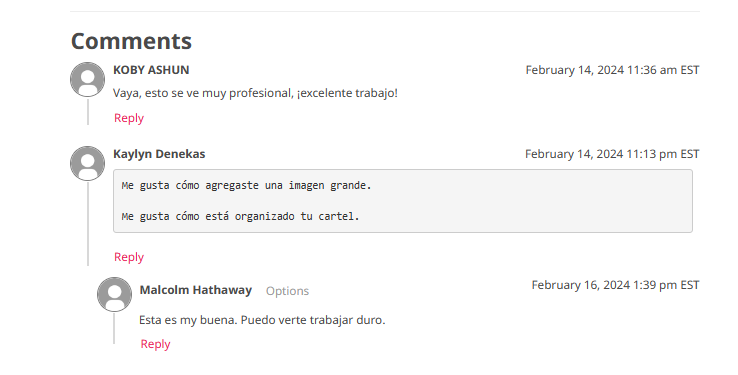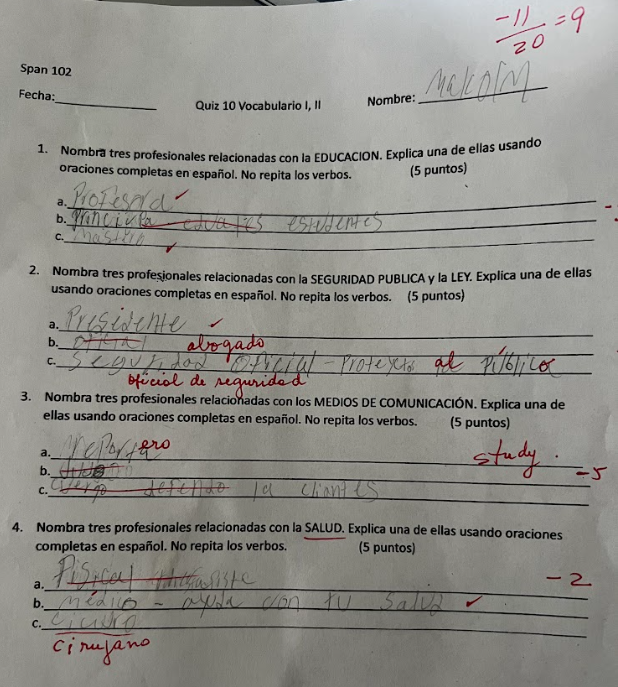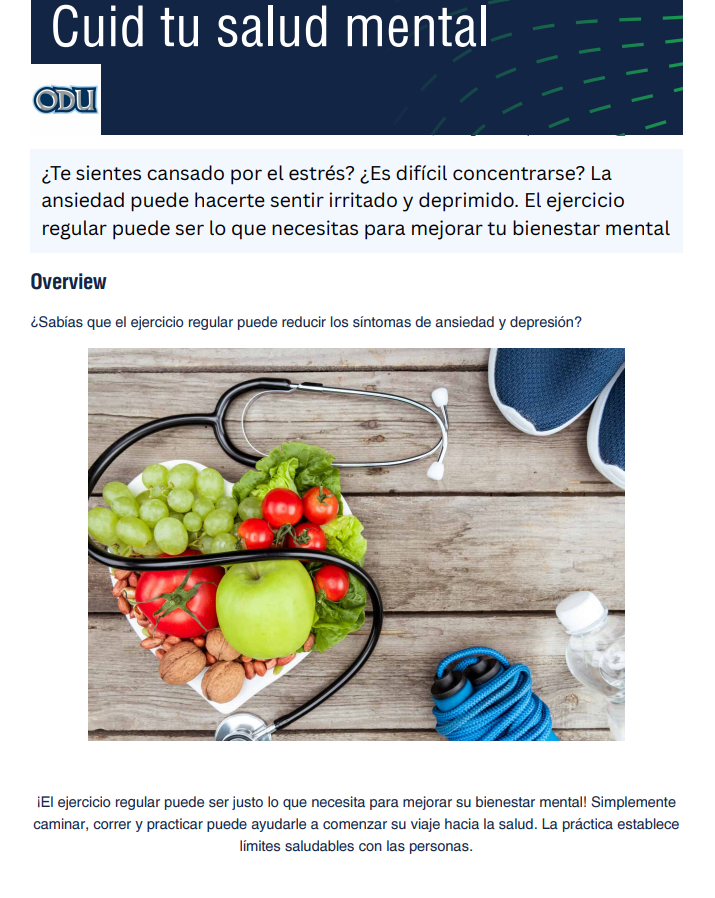Interpretive, Interpersonal, and Presentational Modes of Communication
Address the reflection exercises in each of the following sections. For each section, you will need to embed portions of these assignments and activities as artifacts to substantiate your reflection. Then, at the end of each section, include a link to the document or embed it as a PDF.
Tutorials are available:
- Embedding a PDF
- Embedding Media (Images, Audio)
- Embedding a Video
An Effective Reflection Is
- Written in English.
- A demonstration, explanation, comparison of skill and growth described through what you learned and the challenges you had in that learning while highlighting your best work.
- A discussion of how you overcame any weakness or obstacles. Explain what you mean.
- Supported by evidence as represented by your artifacts (course materials, photographs, video, conversations, projects, news reports, authentic materials, etc.).
- Specific, addressing particular strengths, weakness, skills, transformative experiences, etc., avoiding vague generalizations (ex: “I learned a lot.”).
An Effective Reflection is not
- Only sharing an artifact without context or discussion.
- Only a description or explanation of an artifact. Focus on your learning and growth as a result of having completed that experience.
- An attempt to justify your work to an instructor. Instead, think more broadly about future audiences that might benefit from seeing evidence of your work and the skills you are developing.
Artifacts
A good artifact is a portion or clip of an assignment. It needs to be carefully selected to provide evidence/proof that supports what you are saying in your reflection.
Your reflection will help you determine what that will be. It is a quest for quality. It will represent you academically and professionally, and have personal meaning. It can be written, audio, or video.
At the end, ask yourself if the artifacts best demonstrates your abilities and growth over time.
At the end of your reflection in each section, link or embed the assignment/artifact. If the assignment has multiple pages and seems to overwhelm the section, consider adding just the first page and offering to provide the rest upon request.
Instructions
Exploring Culture
In my exploration of Hispanic culture, I engaged with various products and practices that provided insight into different perspectives. For instance, I delved into traditional Hispanic cuisine, music, and literature, which helped me appreciate the richness of cultural expressions without making value judgments. These experiences challenged my worldview by highlighting the importance of community, family, and tradition in Hispanic cultures. One significant challenge was overcoming stereotypes and misconceptions I held about certain cultural practices. For example, I had to reassess my views on the role of family and gender dynamics within Hispanic households. Through specific examples encountered in my studies, I learned to approach cultural differences with an open mind and gained a deeper understanding of the complexities within Hispanic cultures. Below is a music video that I used to understand words at a faster pace.
Engaging in Communities
Participating in both my immediate community and the global community has been invaluable in expanding my perspective. By attending events and engaging in online forums related to Hispanic culture, I have developed a greater sense of belonging and connection. These experiences have taught me the importance of cultural exchange and collaboration in building inclusive communities. One artifact that exemplifies this engagement is a photo collage showcasing my involvement in class discussions. These activities have not only enriched my Spanish learning but have also fostered personal growth by encouraging empathy and cultural sensitivity.

These are my comments for a class project.
Interpersonal Communication
Throughout the semester, I engaged in various interpersonal communication activities to enhance my Spanish proficiency. This included telecollaborative conversations through Talk Abroad, participation in discussion boards, and other written exchanges. Each activity presented its challenges, such as maintaining fluency during spontaneous conversations or articulating my thoughts clearly in writing. However, these challenges allowed me to identify areas for improvement and develop strategies to overcome them. For example, I struggled with maintaining conversational flow initially but gradually improved through practice and feedback. Overall, these activities have significantly contributed to my language acquisition and interpersonal skills.

This is an assignment I struggled the most on.
Presentational Speaking
One of the key components of my Spanish learning journey was engaging in presentational speaking activities. These activities involved delivering speeches, presentations, and oral reports in Spanish. One particular challenge I faced was managing anxiety and nerves while speaking in front of an audience. However, through preparation and rehearsal, I learned to mitigate these challenges and deliver presentations with confidence. Additionally, receiving constructive feedback from peers and instructors helped me refine my speaking skills further. Moving forward, I aim to focus on improving my spontaneity and improvisation during presentations to enhance overall fluency.
This is a clip from a public speech assignment about my family.
Presentational Writing
Throughout the semester, I worked on various presentational writing tasks, including composing essays, creating blogs, and designing flyers in Spanish. While these activities allowed me to showcase my writing skills, I encountered difficulties in organizing ideas cohesively and expressing complex concepts concisely. To address these challenges, I adopted strategies such as outlining, peer reviewing, and seeking guidance from instructors. As a result, I noticed improvements in my writing clarity and structure over time. Looking ahead, I plan to continue honing my writing skills by practicing regularly and exploring different writing styles.

This is a mental health project I made for class.
Interpretive Listening
Interpretive listening activities played a crucial role in my Spanish learning journey, exposing me to diverse audio materials ranging from podcasts to recorded lectures. These activities helped me develop my listening comprehension skills and familiarized me with various accents and speaking styles. However, I encountered challenges in understanding rapid speech and unfamiliar vocabulary. To overcome these difficulties, I utilized techniques such as pausing, rewinding, and listening multiple times to grasp the content fully. Additionally, I found it beneficial to engage in discussions and activities that required me to apply listening skills actively.

🎙Spanish Podcast – Learning Spanish the Fun Way! (letsspeakspanish.com)
My favorite podcast to listen to.
Interpretive Reading
In addition to interpretive listening, I engaged in various interpretive reading activities to enhance my Spanish proficiency. These activities involved reading articles, stories, and online resources in Spanish to improve my reading comprehension skills. While navigating these texts, I encountered challenges such as complex vocabulary and unfamiliar grammatical structures. To address these challenges, I employed strategies such as using context clues, making connections to prior knowledge, and consulting supplementary resources. Through consistent practice and exposure to a variety of texts, I observed significant growth in my reading proficiency and confidence in tackling authentic materials.